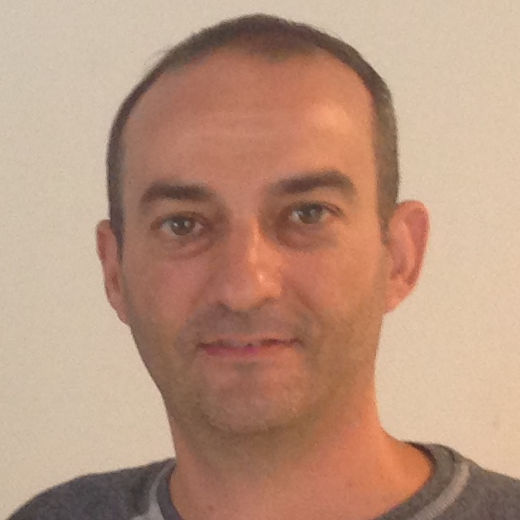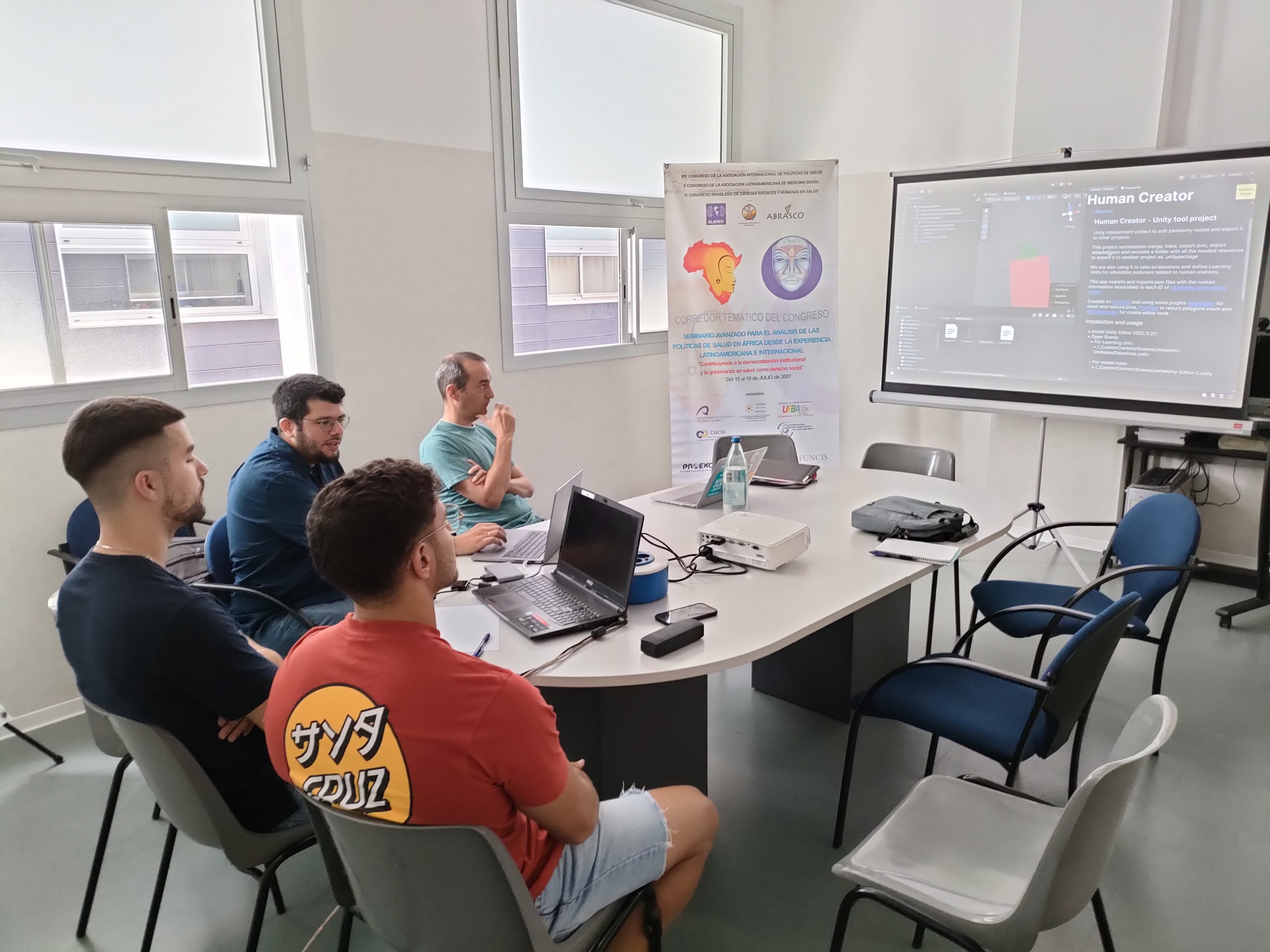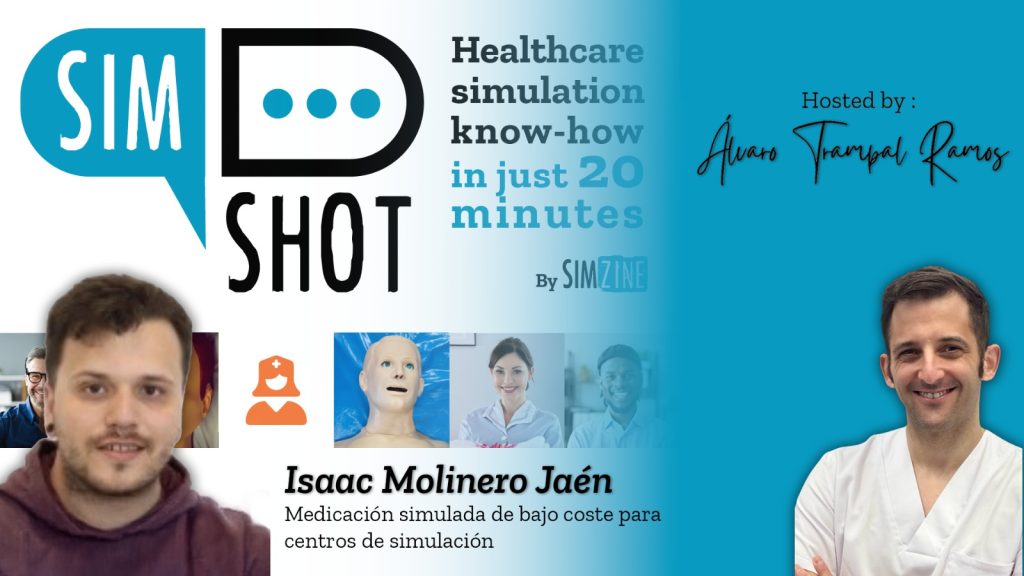A virtual cadaver in a digital anatomical dissection room where students can learn about human anatomy. An example of a metaverse approach to health sciences.
The word metaverse is already in common use. However, it is still not clear to everyone what it really means and what its applications may be. We asked Miguel Ángel Rodríguez-Florido, Technical Coordinator of the Chair of Medical Technologies at the University of Las Palmas de Gran Canaria, and Coordinator of the FAST (Formación Avanzada en Sanidad con Tecnología) platform of the Fundación Canaria Ágora to tell us what they are working on for the teaching and training of anatomy.
Miguel Angel Rodriguez-Florido
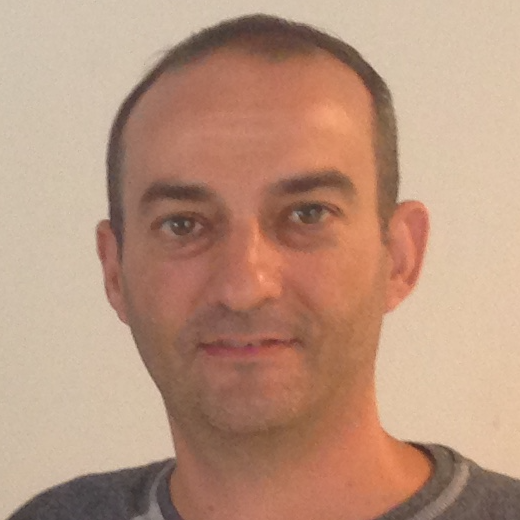
Physicist, PhD in Telecommunications Technology, Coordinator of the Simulation and Technology-based Training Laboratory of the Complejo Hospitalario Universitario Insular Materno Infantil de Canarias, Technical Coordinator of the Medical Technology Chair of the University of Las Palmas de Gran Canaria, Coordinator of the FAST (Formación Avanzada en Sanidad con Tecnología) platform of the Fundación Canaria Ágora.
Hello Miguel Angel and thank you for accepting this invitation to share your experience in innovative education. Can you briefly describe what you do and what your school does?
Hello! Thank you for spreading the word about what we do in our group. In the MOTIVA technological innovation plan and our FAST platform (Formación Avanzada en Sanidad con Tecnología) we are dedicated to training throughout the entire medical education chain, from students to residents to specialists. For our group, education is the common thread that links all these steps in the chain and accompanies doctors from the moment they enter medical school until they retire.
What is the AVRIR Project?
AVRIR is the Spanish acronym for “Aprendiendo con VR Interactiva y Remota” (Learning with Interactive and Remote VR) and technologically aims to bring the concept of metaverse closer to the health sciences, specifically to medicine. It is an educational innovation project of the University of Las Palmas de Gran Canaria, co-financed by the European Union through the NextGenerationEU funds, within the Recovery, Transformation and Resilience Plan, which implements a virtual anatomical dissection room in which students can have a virtual cadaver on which to learn, through dissection, the different subjects associated with human anatomy. The cadaver is the traditional resource used to teach medicine, but it is not easy to access and maintain. Immersive technology can help us to use it in a safe, efficient and sustainable way, and this is the aim of the AVRIR project.
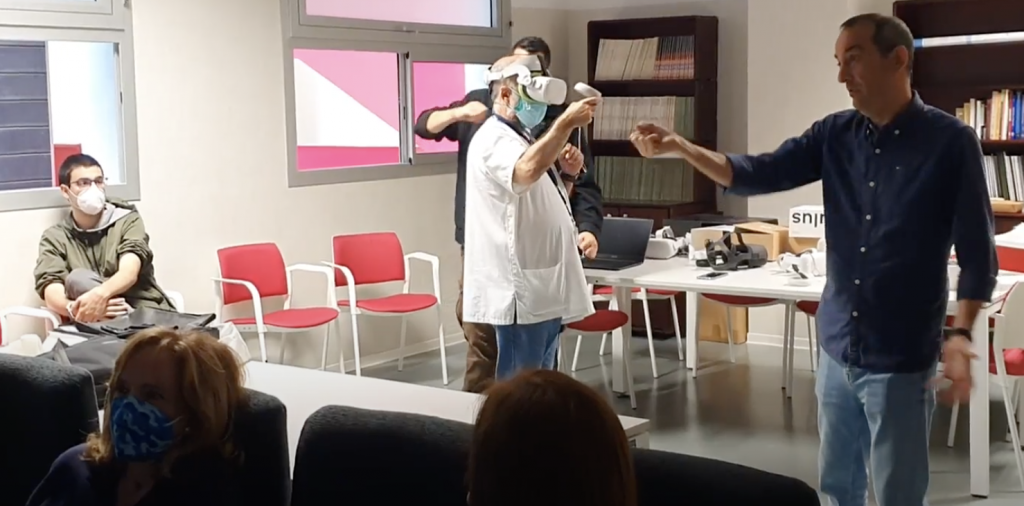
So you have developed a metaverse to teach anatomy. Can you explain in simple terms what virtual corpses are?
Yes, although the concept of metaverse is much more extensive, in this project we have approached it by creating a teaching classroom in which the students and the teacher are introduced to develop their educational activity.
As I mentioned earlier, the use of the corpse is not always within the reach of all students and as often as we would like, and its routine use is not exactly healthy. Therefore, a virtual cadaver is a virtual model of the human anatomy that, represented in an interactive and multi-user VR scenario, emulates the real situation that arises in a dissection room.
What are the advantages of a virtual dissection room?
The virtual dissection room allows students to have infinite access to this resource, so that they do not have to be exposed to harmful conservation substances for health, nor to associated health and legal safety regulations, and the system, being synthetic, can be monitored and used to obtain objective metrics on the activity carried out, while at the same time, taking advantage of the capacity of the technology that implements it, incorporating guidance tools in their education.
For teachers, it is a convenient tool to use, which allows them to assess students’ knowledge, make use of the scenarios they consider appropriate and adapt them to the contents of their subject.
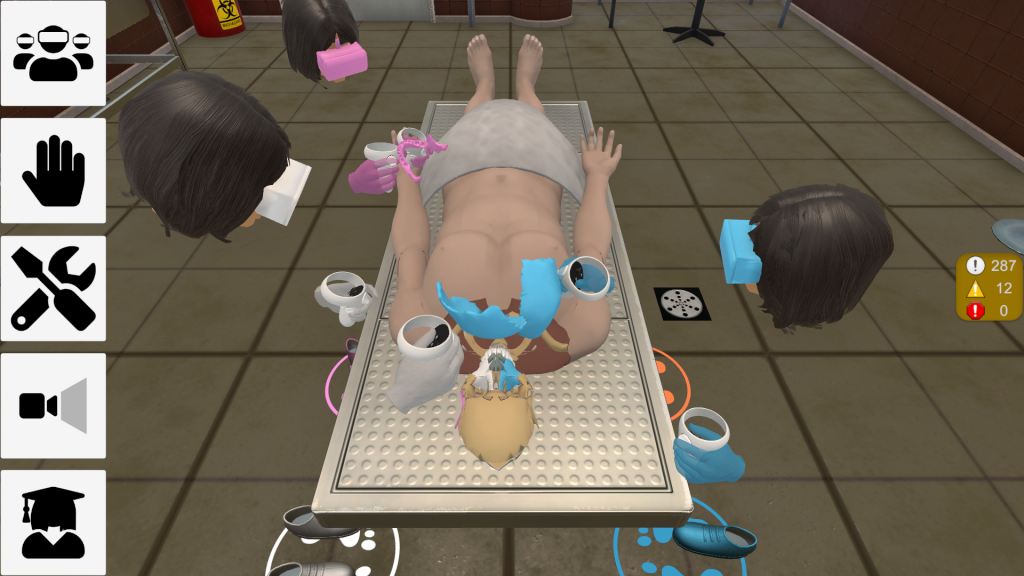
Will it replace the traditional practice of anatomy or complement it?
Whenever a new technological capability is introduced, humans tend to think in terms of substitutes rather than complements. This is what happens with Artificial Intelligence itself, which, by the way, we are considering using to solve some technical problems that arise in virtual dissection…but, this is another conversation ;-).
By this, what I mean, is that no advance is a substitute, unless we want to do so, but only provides an additional capability to what already exists. Right now, medical students do not use cadavers in teaching, or at least they are not used as much as teachers would like, and the alternative may be even more expensive. Therefore, having tools like these can only help. It is not the same to have direct access to a limited resource, such as a cadaver, or a hyper-realistic manikin of the human body, without any knowledge, as it is to have access having practised precisely with a synthetic virtual resource (the virtual cadaver). For this reason, their use could be complementary or, on the contrary, exclusive, depending on what is desired or possible in each particular situation.
What were the difficulties in doing so?
The first difficulty was to find a validated virtual anatomical model that could serve as a basis for our application. In this sense, we would like to thank the community that has developed the Z-Anatomy project. The incorporation of this structure into our processing chain has been essential for us to be able to advance as quickly as we wanted and to be able to have a functional application in 1 year of development.
On the other hand, there are development difficulties in this type of VR applications, where we have to reach a compromise between the technology and its usefulness in the context we are dealing with. Therefore, an important part of our work has been the adaptability and user experience for non-technological profiles with no underlying interest in technology.
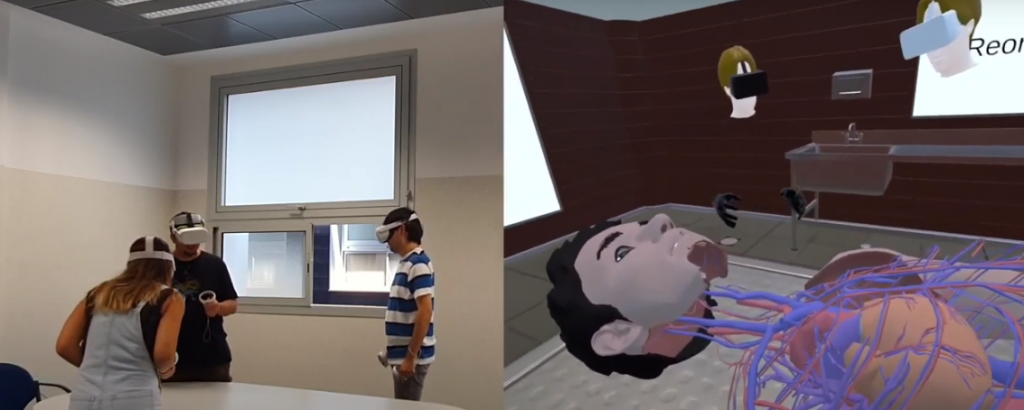
How can our readers use such an innovative tool?
The quickest way is to study medicine at the University of Las Palmas de Gran Canaria :-), but, joking apart, as this is not really possible, we are considering, when we advance further in the project, the possibility of turning it into an open-source project that can be used and extended by other interested groups.
Thank you very much, Miguel Ángel, for taking the time to share your innovative ideas with our readers.


